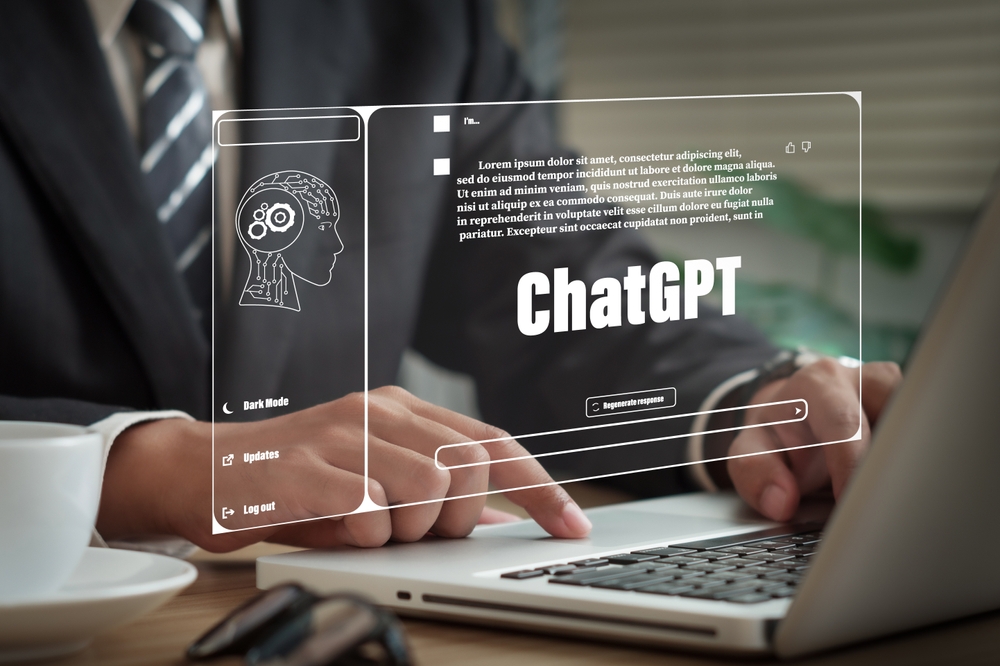OpenAI is a research organization that focuses on developing AI technologies. One of their most well-known projects is the Generative Pre-training Transformer (GPT), a machine learning model that has been used for a wide range of natural language processing tasks. GPT is trained on a large dataset of text written by humans and can produce text that is coherent and contextually relevant, similar to human writing. The model uses a transformer, a type of neural network designed to process sequential data like text efficiently, as its foundation. GPT is “pre-trained” on a large dataset of text and then fine-tuned on specific tasks such as language translation or text generation. The pre-training process allows the model to learn general language representations that can be applied to various tasks, making it a versatile and effective tool for natural language processing.
One way that the GPT model has been used is in chatbots, which are software programs that are designed to simulate conversation with human users. Chatbots can be used for a variety of purposes, such as customer service, information retrieval, SEO, and entertainment. By using the GPT model, chatbots can generate human-like responses to user input, allowing for more natural and engaging conversations.
OpenAI has released several versions of the GPT model, including GPT, GPT-2, and GPT-3. Each version has improved upon the previous one in terms of performance and capabilities, and GPT-3 is currently the largest and most powerful version of the model. It has been used in a variety of applications, including language translation, question answering, and content generation.
Overall, the GPT model developed by OpenAI has had a significant impact on the field of natural language processing and has paved the way for the development of more advanced and capable AI systems. Its use in chatbots has allowed for more natural and engaging conversations between humans and machines, and its versatility and effectiveness have made it a valuable tool for a wide range of applications.
Some specific things that you can do with the GPT model include:
- Language translation: The GPT model can be used to translate text from one language to another, allowing for more accurate and natural translations compared to traditional machine translation methods.
- Question answering: The GPT model can be used to answer questions posed in natural language, using its understanding of the underlying context and meaning of the words and phrases used in the question.
- Text generation: The GPT model can be used to generate original text based on a given prompt or theme. It can generate everything from short phrases and sentences to entire paragraphs and articles.
- The GPT model can be used to create chatbots that are capable of having natural language conversations with users, assisting them with information and support on various subjects.
- Content recommendation: The GPT model can be used to recommend content to users based on their interests and past behavior. For example, a content recommendation system built with the GPT model could suggest articles or videos to a user based on their past reading or viewing history.
Overall, the GPT model is a versatile and powerful tool for natural language processing, and it has a wide range of potential applications.


